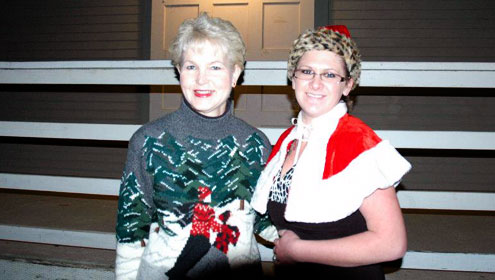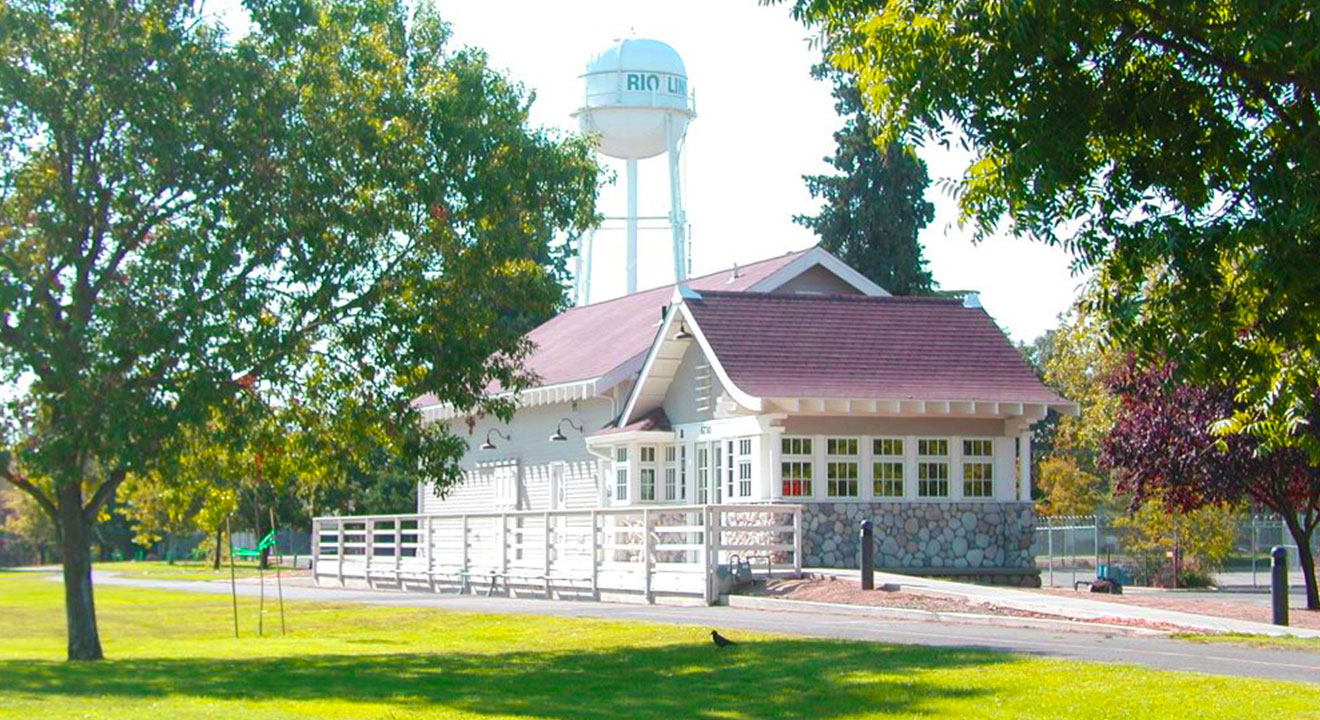 Recently, a group of Rio Linda residents contacted my office regarding a home in their neighborhood being occupied by a group of unrelated, adult males. These residents were particularly concerned because one of the house’s residents had accosted a nearby property owner in the middle of the night. Understandably, these residents wanted to know what the County could do to address their concerns.
Recently, a group of Rio Linda residents contacted my office regarding a home in their neighborhood being occupied by a group of unrelated, adult males. These residents were particularly concerned because one of the house’s residents had accosted a nearby property owner in the middle of the night. Understandably, these residents wanted to know what the County could do to address their concerns.
The issue came to a head at a community meeting about a week after the incident described above. My staff worked to respond to these residents to ensure that not only would my Chief of Staff attend the meeting, but also the chief of the County’s Code Enforcement Division, along with an official from the Building Department. We also ensured that Rio Linda’s Problem Oriented Policing Deputy from the Sheriff’s Department would be in attendance.
While the meeting went well, according to my Chief of Staff, the residents were left with some concerns about the laws involved when a group of unrelated adults chooses to share a house. My Chief of Staff has provided answers to these questions to the neighbors at the meeting, but I felt it would be appropriate to share this information with the community more broadly.
To start with, there are two separate categories of use that are considered when a group of adults chooses to share a house, depending on whether or not any kind of active “treatment” is being provided on site. For example, people being actively treated for an addiction (treatment is taking place), as opposed to people living together to mutually support each other in sobriety (treatment is not taking place).
If treatment is taking place, a permit is required from the State of California. However, under State law, the County is prohibited from regulating State-licensed treatment facilities serving six or fewer people. If, on the other hand, 7 or more people receive treatment at the site, a Conditional Use Permit must be obtained from the County. This permit is not guaranteed to be approved, would be heard by the Rio Linda/Elverta CPAC and the County Planning Commission, and could have significant conditions placed upon the treatment center if approved.
If treatment is not taking place, there is little the County can do. In 1980, the California State Supreme Court ruled in City of Santa Barbara v. Anderson that local governments cannot establish their own definitions of a “family.” Instead, the court ruled, a group of adults has the right to consider themselves a “family” and take up residence in a home if they choose; the County cannot limit the number of unrelated adults that choose to live in a home where treatment is not being provided.
While I certainly am frustrated with the restrictions that the Courts have placed on the County, we must live with their decision. That said, a “family” cannot live in their home in such a way that they constitute a legal nuisance to their neighbors. In the case of the home mentioned at the beginning of this article, Code Enforcement and the Sheriff’s Department will continue following up to ensure that this group home does not constitute a civil or criminal nuisance for the neighbors. Either will take action if such a situation exists.
 More broadly, this is one of those situations in which State regulations trump local authority. That does not mean that the County will not do everything in its power to ensure that the people in such houses comply with local ordinances, but it does mean that the County does not have the authority to prohibit such activities outright.
More broadly, this is one of those situations in which State regulations trump local authority. That does not mean that the County will not do everything in its power to ensure that the people in such houses comply with local ordinances, but it does mean that the County does not have the authority to prohibit such activities outright.
If you have any thoughts on this issue, or anything else facing your community, please feel free to contact my office directly at (916)874-5491. Additionally, you may attend my regular community meetings at the Cherry Island Golf Course Bar and Grill. I meet with the community every other month at 7:30a.m. on the third Wednesday. In January, I will be hosting Rob Leonard, the interim director of the County Department of Regional Parks, along with Stan Lumsden, the new Chief Ranger. I hope to see you there.













